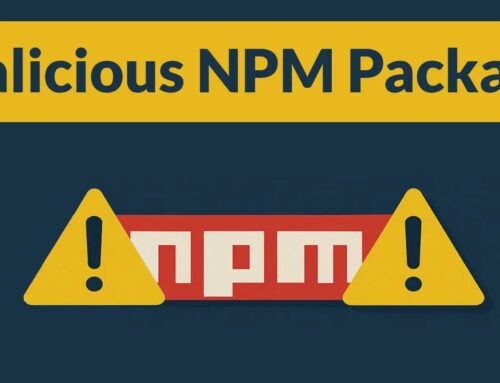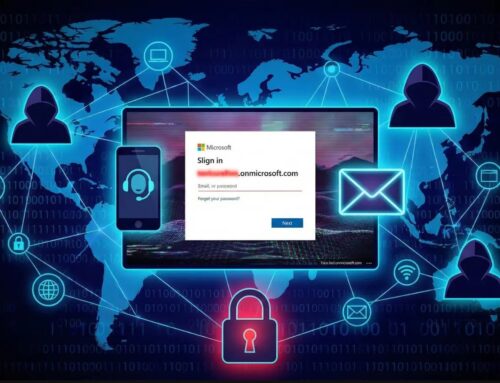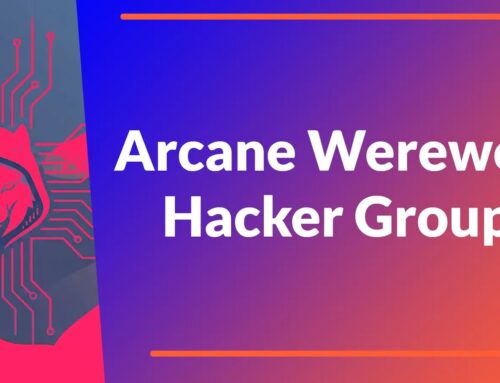
Leak Zone Dark Web Forum Database Exposes 22 Million Users’ IP Addresses and Locations
Dark Web Exposure: 22 Million Leak Zone Users’ IP Addresses and Locations Revealed
A significant breach has shattered the illusions of anonymity for millions of users frequenting the dark web. A compromised database connected to Leak Zone, a notorious “leaking and cracking forum,” has laid bare the IP addresses and geographical locations of approximately 22 million individuals. This incident underscores the inherent risks even in supposedly clandestine online environments and serves as a stark reminder of the persistent and evolving threats in the cybersecurity landscape.
On Friday, July 18, cybersecurity firm UpGuard identified an unsecured Elasticsearch database. This database, containing an estimated 22 million records of web requests, revealed a startling truth: 95% of the observed traffic was directed towards leakzone[.]net. This exposure highlights not only the vulnerabilities within the dark web’s infrastructure but also the critical importance of robust security measures for any online platform handling sensitive user data, regardless of its perceived legality or obscurity.
The Anatomy of the Leak Zone Breach
The core of this incident originated from an exposed Elasticsearch database. Elasticsearch, a powerful open-source search and analytics engine, is widely used for various data storage and retrieval purposes. While highly effective, misconfigurations or lack of proper access controls can leave Elasticsearch instances openly accessible, making them prime targets for data exfiltration.
In this specific case, the unprotected database contained extensive logs of user interactions, including IP addresses, timestamps, and details of their browsing activities. The sheer volume of 22 million records points to a substantial and consistent stream of traffic to Leak Zone, indicating its prominent role within the dark web’s illicit ecosystem. The concentration of traffic to a single domain like leakzone[.]net suggests a central point of data aggregation, inadvertently creating a honeypot of sensitive information.
Implications for Dark Web Users and Beyond
For the 22 million users whose data was exposed, the implications are severe. While the dark web is often perceived as a haven for anonymity, this breach demonstrates the fragility of that assumption. Exposed IP addresses can be meticulously traced, potentially linking individuals to their real-world identities and physical locations. This presents a significant risk for those involved in illicit activities, but also for individuals who may have accessed the forum out of curiosity or for legitimate, albeit niche, reasons.
Beyond the immediate users of Leak Zone, this incident serves as a crucial warning for organizations and individuals alike. It reinforces the fact that security vulnerabilities are pervasive and can affect any system, regardless of its intended use or the nature of the data it handles. The breach highlights:
- The critical need for proper configuration and access controls on all database systems.
- The potential for massive data exposure when even a single component in a system is left unsecured.
- The ongoing challenge of maintaining anonymity and privacy in an increasingly interconnected digital world.
Remediation Actions and Best Practices
While direct remediation for individuals whose data has been exposed in this specific breach is limited, there are essential steps that should be taken by system administrators and organizations to prevent similar incidents. For users, understanding the risks and adopting robust security practices is paramount.
For Organizations and System Administrators:
- Secure Database Configuration: Implement strict access controls for all databases, including Elasticsearch, MongoDB, and others. Ensure that databases are not publicly accessible unless absolutely necessary, and if so, only through authenticated and encrypted channels.
- Regular Security Audits: Conduct frequent security audits and vulnerability assessments to identify and rectify misconfigurations or weaknesses in infrastructure. Automated tools can assist in this process.
- Network Segmentation: Isolate databases and other critical assets within separate network segments. This minimizes the impact of a breach if one segment is compromised.
- Logging and Monitoring: Implement comprehensive logging for all data access and system events. Establish robust monitoring systems to detect unusual activity or unauthorized access attempts in real-time.
- Principle of Least Privilege: Grant only the necessary permissions to users and applications accessing sensitive data. Restrict administrative access to a select few individuals.
For Individual Users:
- VPN Usage: Always use a reputable Virtual Private Network (VPN) when accessing the internet, especially when browsing potentially sensitive websites. However, be aware that even VPNs are not foolproof against sophisticated attacks.
- Tor Browser: For enhanced anonymity, consider using the Tor browser. Tor routes internet traffic through a decentralized network of relays, making it difficult to trace the user’s origin.
- Avoid Illicit Activities: The most effective way to prevent exposure on platforms like Leak Zone is to avoid engaging in activities that necessitate their use.
- Strong Passwords and 2FA: Use strong, unique passwords for all online accounts and enable two-factor authentication (2FA) wherever possible.
Tools for Detection and Mitigation
Several tools can assist in identifying and mitigating security risks, particularly related to exposed databases and network vulnerabilities.
| Tool Name | Purpose | Link |
|---|---|---|
| Nmap | Network discovery and security auditing. Can identify open ports and services. | https://nmap.org/ |
| Shodan | Search engine for internet-connected devices. Can uncover publicly exposed databases. | https://www.shodan.io/ |
| OWASP ZAP | Web application security scanner. Helps find vulnerabilities in web applications. | https://www.zaproxy.org/ |
| Elasticsearch Security Plugin (X-Pack) | Provides security features for Elasticsearch, including access control and encryption. | https://www.elastic.co/what-is/x-pack |
| Vulnerability Scanners (e.g., Nessus) | Automated tools to identify known vulnerabilities in systems and applications. | https://www.tenable.com/products/nessus |
Conclusion: The Enduring Challenge of Digital Privacy
The Leak Zone database exposure serves as a potent reminder that the pursuit of digital anonymity, especially in the context of the dark web, is often fraught with peril. The incident highlights the critical importance of secure system configurations, diligent monitoring, and a proactive approach to cybersecurity. For both organizations managing data and individuals navigating the digital landscape, the message is clear: vigilance and robust security practices are not merely recommendations; they are essential for protecting sensitive information and maintaining a semblance of privacy in an ever-exposing online world.





